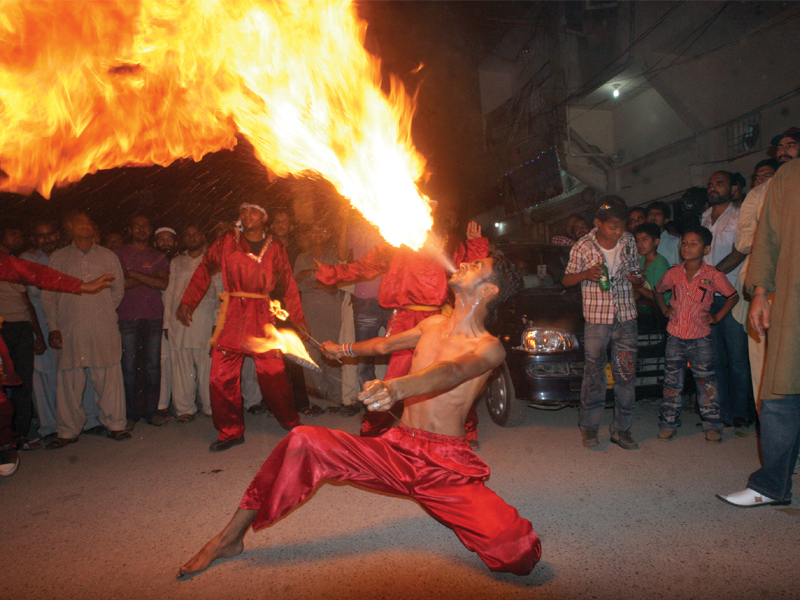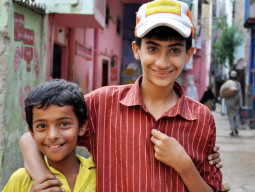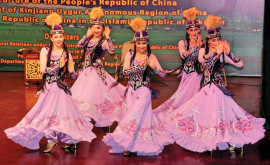
When President Barack Hussein Obama won the US presidential elections for the second time in 2012, a bunch of young people claiming to share the same descent as him expressed their jubilation by dancing in front of the Karachi Press Club. These performers are well-known personalities in the old area of Lyari, a troubled neighbourhood that usually makes it to the headlines for its gang warfare.
For decades, Lyari was famous for churning out some of the best football players in the country. It is also home to internationally recognised boxer, Hussain Shah.
Hussain Dada, a well-known performer of Liwa- an African dance- runs a club to train the youth of Lyari in ‘Liwa-fire dance’ in the shadow of fire and bullets.
“Earlier, the youth of Lyari had to wait for a month to attain admission in my club, but now, it looks deserted due to high poverty levels and poor security situation.”

Dadu is quite famous among the residents of Lyari, but the location of his club is not known to everyone in Karachi.
One could, however, find Dada’s club by entering Lyari from Cheel Chowk and then walking past different narrow lanes. Some performers wearing the traditional African dress called ‘jungly’ will be found outside.
“We basically belong to the Sheedi community. We are the direct descendants of sailors who came to the city some 200 years ago from Africa,” he said. “Since we have African features, we decided to learn Liwa to earn a livelihood.”
With time, the dance was appreciated and recommended nationally and internationally, the club-owner added. The dance portrays the image of Lyariites as loving and charming people, who have nothing to do with gangwar elements, he stressed.
History of ‘Liwa’
The Liwa dance is a traditional dance of African origin. Before the civilisation, the people of the continent of Africa, after a good hunt expressed joy by moving their hips and body and making a loud noise, said Dadu.
His teacher, Baba Malang Waja, learned the dance in Africa and later taught the same in Pakistan. He made a career out of it. “I was with him since I was 13,” he said.
He said that despite living in the modern world, he wanted the traditional customs of Africa to stay alive.
Many Africans came to the subcontinent as sailors, through the ports of Balochistan and Sindh. They worked as dockworkers, horse-keepers, domestic servants and agriculture workers. Mombasa Street and Sheedi village in Karachi are proof that the Africans lived in the old city area.
Performance in Musharraf’s era
Dadu recalled that during the tenure of Pervez Musharraf, they performed at the President’s house in Islamabad. A lot of government officials, who attended the event, assured that they would take measures to promote cultural activities in order to counter the growing gun culture in the area, he said.

“But they are yet to do anything. They should promote sports and other activities in the old city area, so that the people of the Lyari could enjoy life like everyone else,” he said.
Published in The Express Tribune, August 12th, 2013.























1714500460-0/Yehia-Hamuda-baby-separated-from-parents-Gaza-(1)1714500460-0-270x192.webp)











1714370039-0/ojwilson-(1)1714370039-0-270x192.webp)


-(1)1714378140-0/AliAminMaryam-(4)-(1)1714378140-0-270x192.webp)
-(1)1714458896-0/ASP-(2)-(1)1714458896-0-270x192.webp)






COMMENTS
Comments are moderated and generally will be posted if they are on-topic and not abusive.
For more information, please see our Comments FAQ